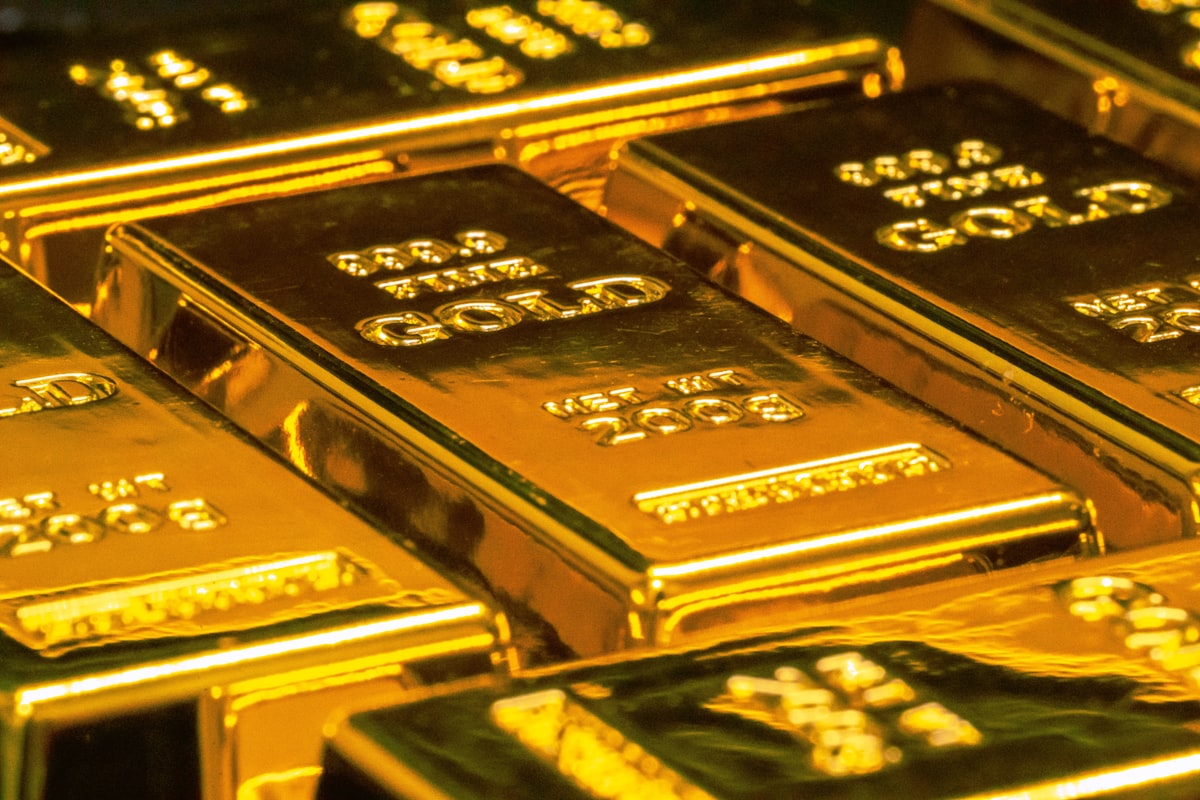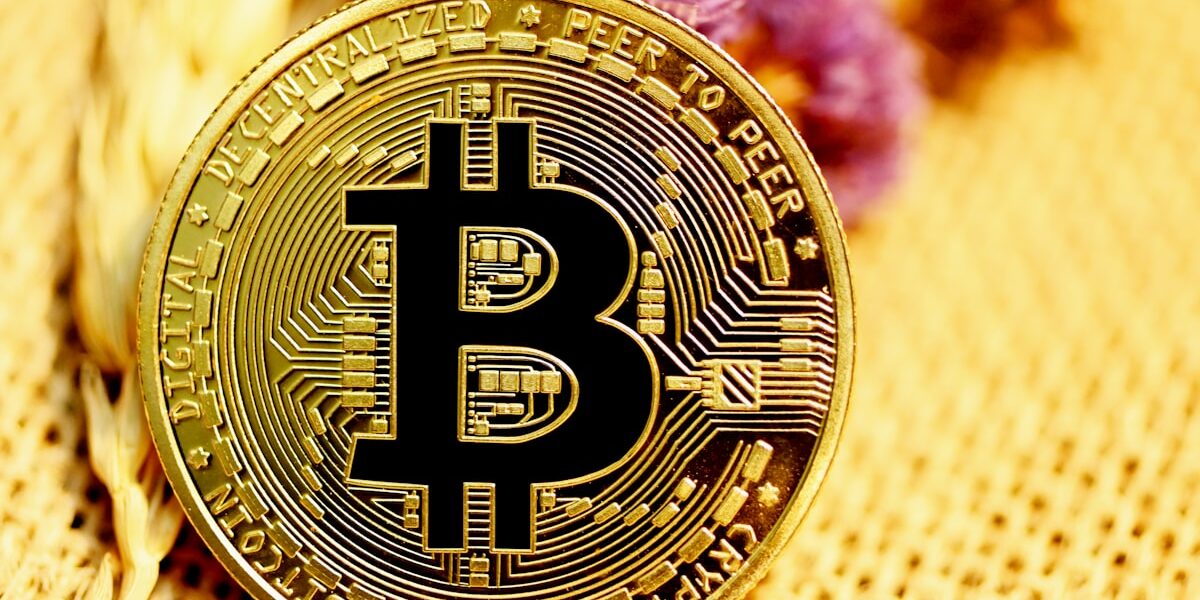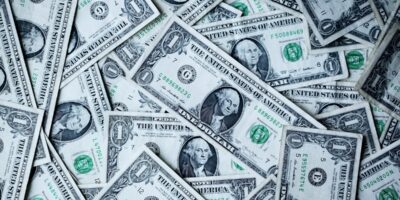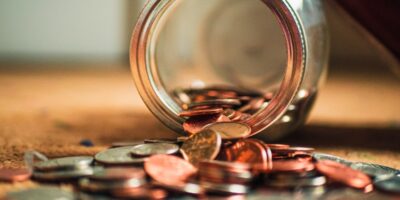What Makes a 1776-1976 Eisenhower Dollar Rare?
What Makes a 1776-1976 Eisenhower Dollar Rare?
The 1776-1976 Eisenhower Dollar, also known as the Bicentennial Dollar, commemorates the 200th anniversary of the United States’ Declaration of Independence. It features a distinctive reverse design with the Liberty Bell superimposed on the moon. This design change marked a departure from the typical eagle reverse seen on standard Eisenhower Dollars minted from 1971 to 1978.
Mintage Figures

The United States Mint produced a substantial number of 1776-1976 Eisenhower Dollars. There were both regular circulation strikes and special collector’s editions known as proof coins. Philadelphia and Denver mints handled the bulk of production for circulation, with over 100 million coins minted between them. This large mintage generally means these coins are not inherently rare. However, specific varieties and conditions can make certain examples more valuable to collectors.
- Philadelphia Mint: Approximately 113 million coins
- Denver Mint: Approximately 82 million coins
- San Francisco Mint (Proof and Silver Clad): Several million coins
Varieties and Errors
The Bicentennial Eisenhower Dollars come in various forms that may add to their rarity and desirability. The most notable distinctions are between the Type 1 and Type 2 coins. Type 1 coins, minted in early 1975, feature thicker, blockier lettering on the reverse. Type 2 coins, minted later in 1975 and throughout 1976, have a more refined, thinner font.
- Type 1 Reverse: Thicker lettering, rarer in higher grades.
- Type 2 Reverse: Thinner lettering, more common overall but still valuable in pristine condition.
Errors and die varieties also contribute to a coin’s rarity. Misstrikes, off-center strikes, and double die errors can make an Eisenhower Dollar significantly more valuable. Collectors often seek out these anomalies as unique additions to their collections.
Condition and Grading
The condition of a 1776-1976 Eisenhower Dollar greatly impacts its rarity and value. Coins are graded on a scale from Poor (P-1) to Perfect Mint State (MS-70) by professional grading services. For Eisenhower Dollars, those in Mint State, especially grades of MS-65 and higher, are more desirable. Proof coins, struck specifically for collectors, often come in higher grades and are encapsulated to maintain their condition.
- Poor (P-1) to Fine (F-12): Often found in circulation, minimal value.
- Very Fine (VF-20) to Extremely Fine (EF-45): Better condition, slightly higher value.
- About Uncirculated (AU-50) to Mint State (MS-70): Highest value, especially in MS-65 or higher.
Silver Content
Another factor in the rarity and value of a 1776-1976 Eisenhower Dollar is its composition. Most Eisenhower Dollars minted for circulation consist of a copper-nickel clad composition. However, the San Francisco Mint produced special collector versions in a 40% silver clad composition. These silver-clad coins were available in both uncirculated and proof versions and are generally more sought after than their copper-nickel counterparts.
Authentication and Market
When considering the rarity of a 1776-1976 Eisenhower Dollar, authentication is essential. Professional Coin Grading Service (PCGS) and Numismatic Guaranty Corporation (NGC) are two reputable entities that offer grading and authentication services. Their certification can provide assurance of a coin’s authenticity, grade, and, by extension, its value.
The market for Eisenhower Dollars can fluctuate based on collector interest, the general demand for silver, and the coin’s grade and type. Performing thorough research is necessary for both buyers and sellers. Auction results, coin dealer listings, and coin collecting publications are good resources for current market values.
Collector Sets and Packaging
In addition to individual coins, the U.S. Mint also released special collector sets featuring the Bicentennial Dollar. These sets often included other Bicentennial coins, such as the quarter and half dollar, in special packaging. Original packaging from the 1970s, particularly if in good condition, can add to the value and appeal of these sets among collectors.
Historical Significance
The historical context of the 1776-1976 Eisenhower Dollar adds another layer of interest. As a coin commemorating the U.S. Bicentennial, it represents a significant milestone in American history. This connection can make the coin more desirable, particularly among collectors who value historical artifacts.
Understanding the different factors that contribute to the rarity of a 1776-1976 Eisenhower Dollar can help collectors make informed decisions. Whether considering mintage figures, variations, condition, silver content, authentication, market trends, collector sets, or historical significance, these aspects collectively influence a coin’s value.




Subscribe for Updates
Get the latest articles delivered to your inbox.
We respect your privacy. Unsubscribe anytime.